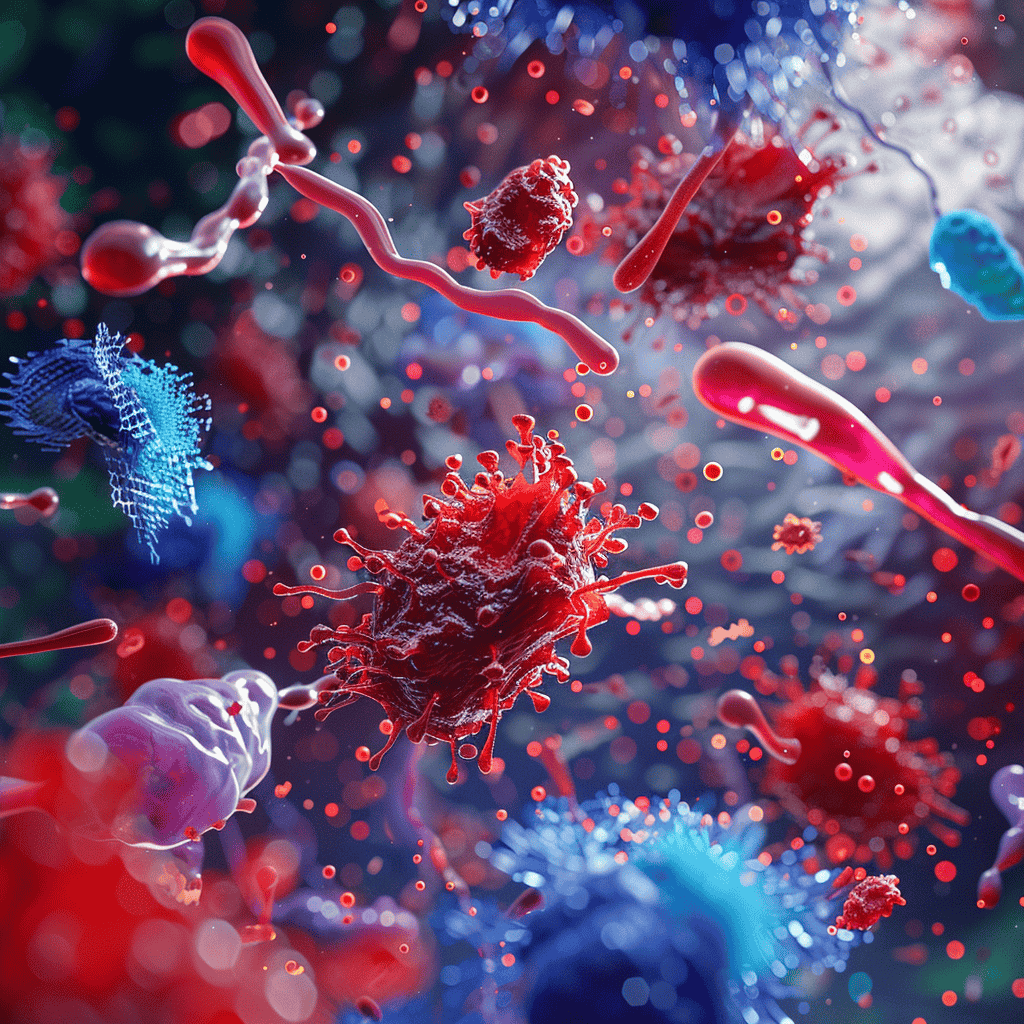
Researchers at water technology institute Wetsus in Leeuwarden have developed a revolutionary method to remove and neutralize PFAS from water. PFAS (Per- and polyfluoroalkyl substances) are man-made chemicals that pose a risk to human health and the environment.
The new technique, which uses a special molecule that can adsorb and concentrate PFAS, promises a turnaround in tackling global pollution. The developed ring-shaped molecule can be reused up to 10 times. With patents on the technology and universities on board to refine the method, this invention could be the key to a cleaner future, despite the fact that a market introduction may be a decade away.
Why this is important:
The water technology institute Wetsus’ new technology represents a hopeful development in the global fight against PFAS pollution. With an innovative approach – which is both effective and reusable – the institute offers a concrete solution that could eventually lead to a significant improvement in water quality.
Unique properties of PFAS
PFAS are chemical compounds present everywhere in the environment. Their unique chemical structure, consisting of long chains of carbon and fluorine, makes them water, grease, and dirt-repellent. This makes them particularly valuable for a variety of industrial applications, but it also means they are very difficult to break down. These “forever chemicals” accumulate in the environment and in the food chain, with all the consequences that entails.
Wetsus’ innovative technology
Wetsus’ breakthrough focuses on removing and rendering PFAS harmless using a ring-shaped molecule. This molecule has the unique ability to adsorb and concentrate PFAS. The team’s approach, led by Jan Post and Amanda Larasati, allows the concentrated PFAS to then be destroyed or converted into a potentially valuable feedstock. The technology is not only effective but also sustainable, as the molecule can be reused up to 10 times after cleaning with alcohol.
Collaboration and future challenges
In further developing this technology, Wetsus is supported by three technical universities: Wageningen, Eindhoven, and Twente. The researchers are working together to build a module that can apply the technology on a larger scale. This is one of the main challenges that must be overcome before the technology can actually be deployed in practice. The water boards have already expressed their enthusiasm, indicating a strong need for this solution.
The road to market introduction
Although the technology is promising, it may take up to 10 years before it is ready for market introduction. However, the team at Wetsus is determined not to sit still in the meantime. They want to use an adjacent technology to help process sludge from sludge incinerators. This could have a faster impact on reducing PFAS in the environment.
Given the elevated concentrations of PFAS in waste streams and the worrying impact on human health and the environment, the need for effective treatment is obvious. The properties of PFAS, such as their resistance to biodegradation, make traditional water treatment processes inadequate. Wetsus’ new approach could change this by efficiently removing and degrading these persistent substances.
Conclusion
Wetsus’ discovery in Leeuwarden represents a hopeful development in the global fight against PFAS pollution. By focusing on an innovative approach that is both effective and reusable, the institute offers a concrete solution that could eventually lead to a significant improvement in water quality. The collaboration with universities and the positive response from the water boards show that there is broad support for this technology. Although the road to commercial application is still long, with this development Wetsus is taking a significant step forward in the protection of our living environment.








